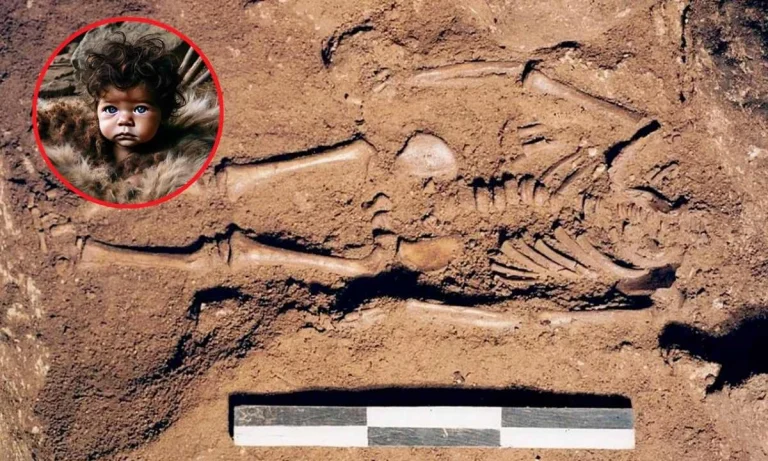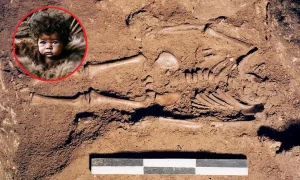In the late 19th century, the Knott family found themselves reshaping their lives in Washington, D.C. after the passing of Judge William Nott and his wife Sarah. Their daughters, Mary, and Alice Knott, remade their family home at 803 Twelfth Street Northwest into a boarding house. Amidst this, a strange member of the household drew the attention. It is a parrot with a unique, if not notorious, personality.
This parrot was deeply attached to the younger Knott sister, Alice, who was 23 at the time. Described by neighbors as having a nasty streak, the parrot was adored by Alice. The parrot had a dangerous fascination with gas burners. It would pull open to inhale the escaping gas—a habit that, tragically, led to the death of Alice Knott while she was sleeping. Let’s have a look at the details of the story.
The Parrot’s Unusual Addiction Turned Things Fatal!
On a disastrous day in September 1899, this strange behavior turned into something fatal. While Alice was not feeling well that day and she rested in her room. The parrot indulged in its usual habit of tampering with the gas burner. This time, however, it caused a gas leak that filled the room.
Concerned by the long silence, Alice’s relatives eventually broke into her room, only to discover a grim scene. Alice was found dead on the floor from gas asphyxiation. The parrot, half-conscious, was near the door. According to reports, it had tried to escape the toxic environment he himself had created.
Reports paint a vivid picture of the incident. The Washington Times and the Washington Post documented the community’s shock and the bizarre circumstances surrounding the tragic event. These articles showed the parrot’s uncanny ability to manipulate the gas jets.

In the immediate aftermath, attempts were made to bring Alice back to life. But it was too late. By the looks of it, Alice had desperately attempted to reach the door, a mere few steps away from her bed.
“Yesterday morning Miss Knott was not feeling well and retired to her room. She took the precaution to close the door so that noises from the street might not disturb her. As usual the parrot accompanied her and took his accustomed place on the gas jet very near the key, at least that is the supposition of persons at the house who are acquainted with the bird’s habits. Shortly after noon persons in the house next door heard a noise such as is made by a body falling to the floor. Soon after 1 o’clock some one called for Miss Knott and when she did not answer the summons the door of her room was opened and the body was found lying on the floor a short distance from the bed. Dr. Atkinson was immediately called in and efforts were made to resuscitate the unfortunate woman, but to no effect, and after an hour of hard work the doctor pronounced her dead.”
Washington Times, September 13, 1899.
Reflections On The Odd Behavior
The behavior exhibited by Alice’s parrot is indeed rare among birds. Parrots have great intelligence and are able to mimic human actions. However, engaging with gas fixtures is extraordinarily unusual and hazardous. During the late 1800s, gas lighting was common, yet it posed significant risks without proper safety measures, which were often lacking.
Conclusion
The story of Alice Knott and her parrot provides a stark reminder of the complex and sometimes perilous nature of human-animal relationships. It underscores the unpredictable impact that animals can have on our lives, especially when they interact with human-made environments in unforeseen ways. This tragic event not only tells the story of a unique bond between a woman and her parrot but also highlights the broader implications of household safety and animal behavior.
Also read,











